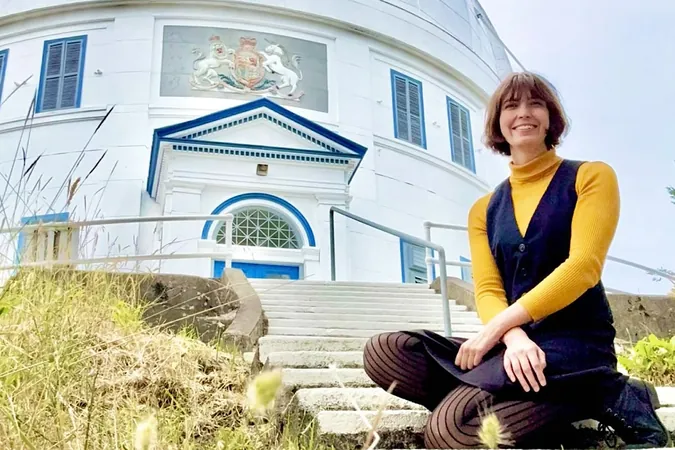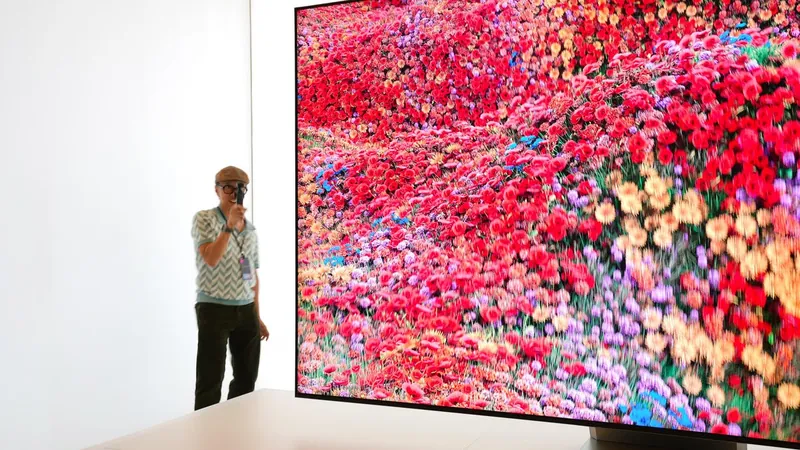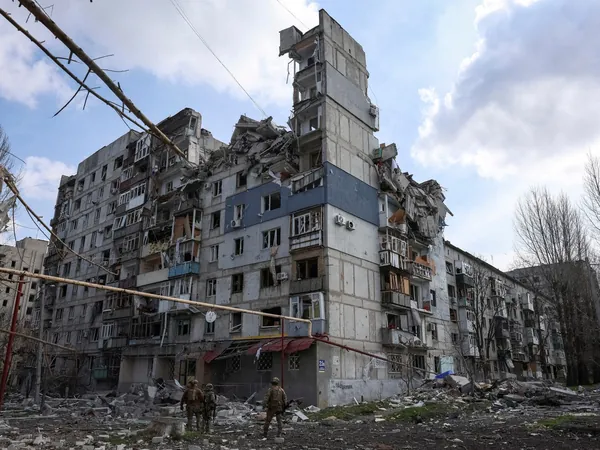
Nanaimo Astronomers Get a Frosty Take on Star Formation
2025-06-22
Author: William
From Snowballs to Stars: A Unique Analogy
Ever tried making the perfect snowball? It turns out that creating stars in the universe is a bit like that! This intriguing comparison will be explored by University of Victoria PhD student Breanna Crompvoets, who is leveraging the powerful James Webb Space Telescope (JWST) to uncover the secrets of star formation in our Milky Way's nebulae.
Insight from the James Webb Space Telescope
On June 26, Crompvoets will take the stage at a Nanaimo Astronomy Society meeting to share her compelling findings. Her research highlights how stars are birthed from clouds of gas and dust, using the JWST’s cutting-edge technology to penetrate areas that previous telescopes couldn’t reach. According to her, the star formation process is "startlingly inefficient," raising questions about how and why stars form as they do.
The Science of Star Formation: A Chilly Affair
Crompvoets likens the conditions for star formation to weather conditions for snowball making. "If you're in a blizzard and snow is blowing around really fast, it's tough to gather enough for a snowball. Similarly, if there's only a light dusting of snow, there's not enough material either," she explains. For stars to form, particles need to be cool enough—around -250 degrees Celsius—allowing them to slow down and stick together.
The Star-Building Process Unveiled
Stars gather material from a region about 1,000 astronomical units wide, shrinking as they form. As material clumps together, dramatic interactions ensue. Crompvoets notes that when star-forming material collides with the emerging star, it can cause explosive jets to eject gas into space. This dual process means that while the star is accumulating matter, it's simultaneously losing some during these collisions.
Exploration of the Cosmic Cliffs
Utilizing images taken by the JWST in 2022, Crompvoets and her team have made groundbreaking observations of a star-forming region known as the Cosmic Cliffs within the Carina Nebula. These images have revealed hidden areas of star birth, providing vital insights into the cosmic dance of creation.
Visual Insights Await!
Crompvoets promises her audience captivating visuals to further explain the fascinating processes of star formation. With the JWST enabling deeper exploration than ever before, her presentation will shed light on the universe's most spectacular events—the birth of stars.









 Brasil (PT)
Brasil (PT)
 Canada (EN)
Canada (EN)
 Chile (ES)
Chile (ES)
 Česko (CS)
Česko (CS)
 대한민국 (KO)
대한민국 (KO)
 España (ES)
España (ES)
 France (FR)
France (FR)
 Hong Kong (EN)
Hong Kong (EN)
 Italia (IT)
Italia (IT)
 日本 (JA)
日本 (JA)
 Magyarország (HU)
Magyarország (HU)
 Norge (NO)
Norge (NO)
 Polska (PL)
Polska (PL)
 Schweiz (DE)
Schweiz (DE)
 Singapore (EN)
Singapore (EN)
 Sverige (SV)
Sverige (SV)
 Suomi (FI)
Suomi (FI)
 Türkiye (TR)
Türkiye (TR)
 الإمارات العربية المتحدة (AR)
الإمارات العربية المتحدة (AR)